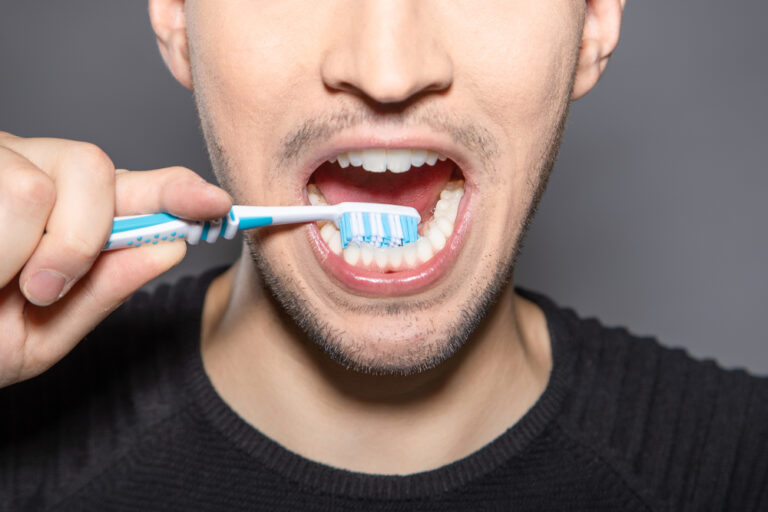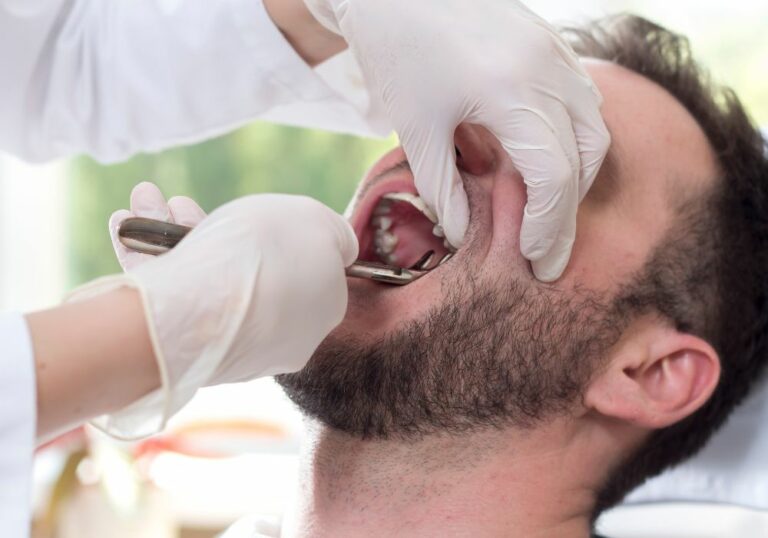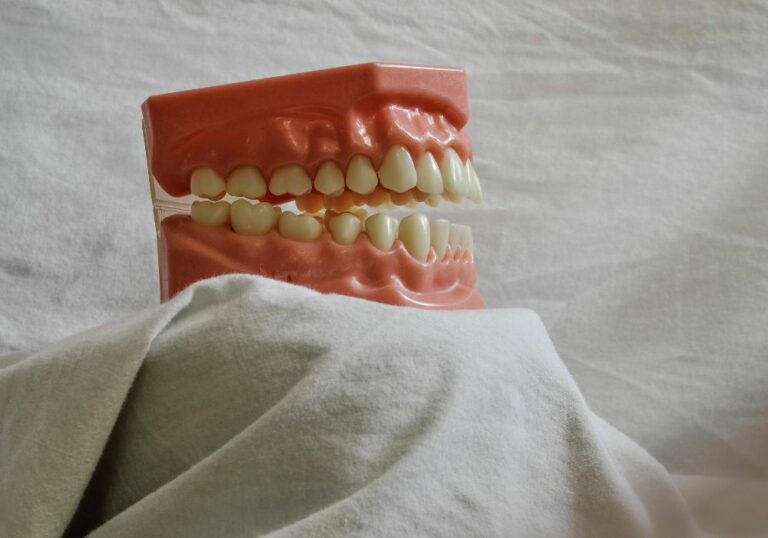Have you ever wondered how to tell the age of an animal just by looking at its teeth? Teeth can be a valuable indicator of age in many animals, from horses and cows to dogs and cats. While it may not be an exact science, there are certain characteristics of teeth that can give you a rough estimate of an animal’s age.
For example, in horses, the lower incisors are the most appropriate teeth to estimate age. As these teeth continuously erupt, the exposure of occlusal dentin and cementum is inevitable, leading to the presence of three alternate calcified tissues on the occlusal surface. By examining these tissues, you can determine the age of the horse within a few years.
Similarly, in dogs and cats, examining the teeth can give you a rough estimate of the animal’s age. In adult dogs, you can look at the wear and tear on the teeth to determine their age, while in puppies, you can look at the degree of growth to estimate their age. In cats, you can also examine the degree of wear on the teeth to determine their age. Understanding how to read the signs in an animal’s teeth can help you better care for them and make informed decisions about their health.
Understanding Animal Dentition
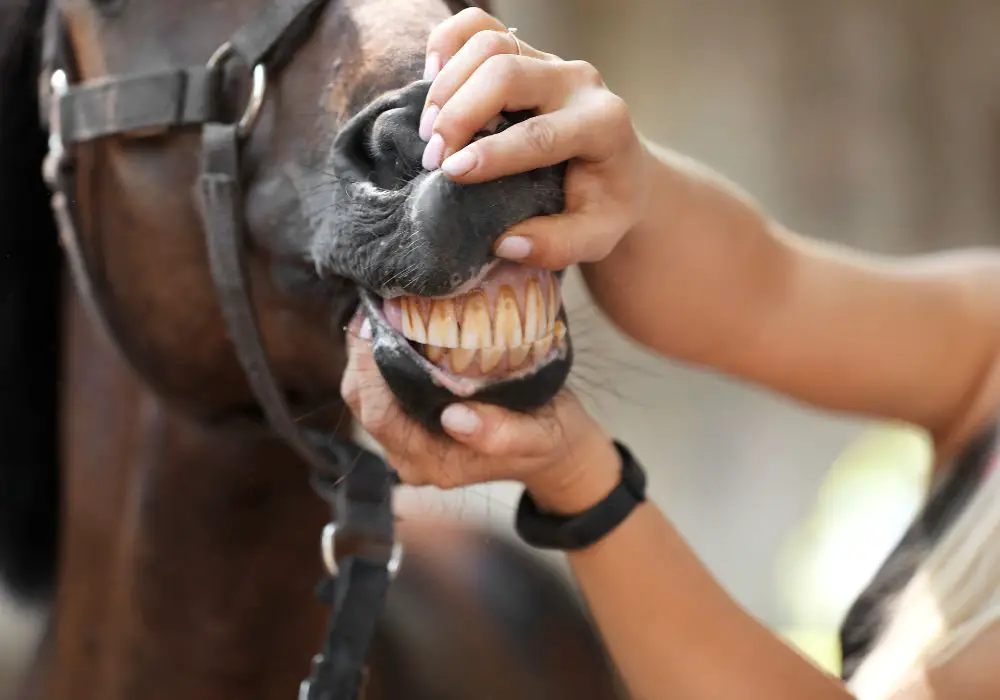
When it comes to determining the age of an animal, examining its teeth is one of the most reliable methods. Understanding the basics of animal dentition can help you accurately estimate the age of an animal. In this section, we’ll cover the types of teeth and dental formulae.
Types of Teeth
Animals have different types of teeth, each with a specific function. Here are the most common types of teeth found in mammals:
- Incisors: These are the front teeth in an animal’s mouth used for biting and cutting food.
- Canines: These are the pointed teeth located next to the incisors used for tearing and holding prey.
- Premolars: These teeth are located between the canines and molars and are used for grinding and crushing food.
- Molars: These are the back teeth in an animal’s mouth used for grinding and crushing food.
The number and arrangement of teeth in an animal’s mouth can vary depending on the species. For example, dogs have 42 teeth, while cats have 30 teeth.
Dental Formulae
Dental formulae are used to describe the number and arrangement of teeth in an animal’s mouth. The formulae are written as a series of numbers and letters, with each symbol representing a specific type of tooth.
For example, the dental formula for dogs is:
3/3 1/1 4/4 2/3
This means that dogs have 3 incisors, 1 canine, 4 premolars, and 2 molars on each side of their upper and lower jaws.
The dental formula for cats is:
3/3 1/1 3/2 1/1
This means that cats have 3 incisors, 1 canine, 3 premolars, and 1 molar on each side of their upper jaw, and 3 incisors, 1 canine, 2 premolars, and 1 molar on each side of their lower jaw.
By examining an animal’s teeth and dental formula, you can estimate its age by looking at the wear and tear on the teeth. For example, young animals will have sharp, unworn teeth, while older animals will have more worn-down teeth with visible signs of decay.
Understanding animal dentition is an important skill for anyone working with animals, whether you’re a veterinarian, animal control officer, or simply a pet owner. By knowing what to look for in an animal’s teeth, you can accurately estimate its age and provide appropriate care.
Determining Age Through Teeth in Different Animals
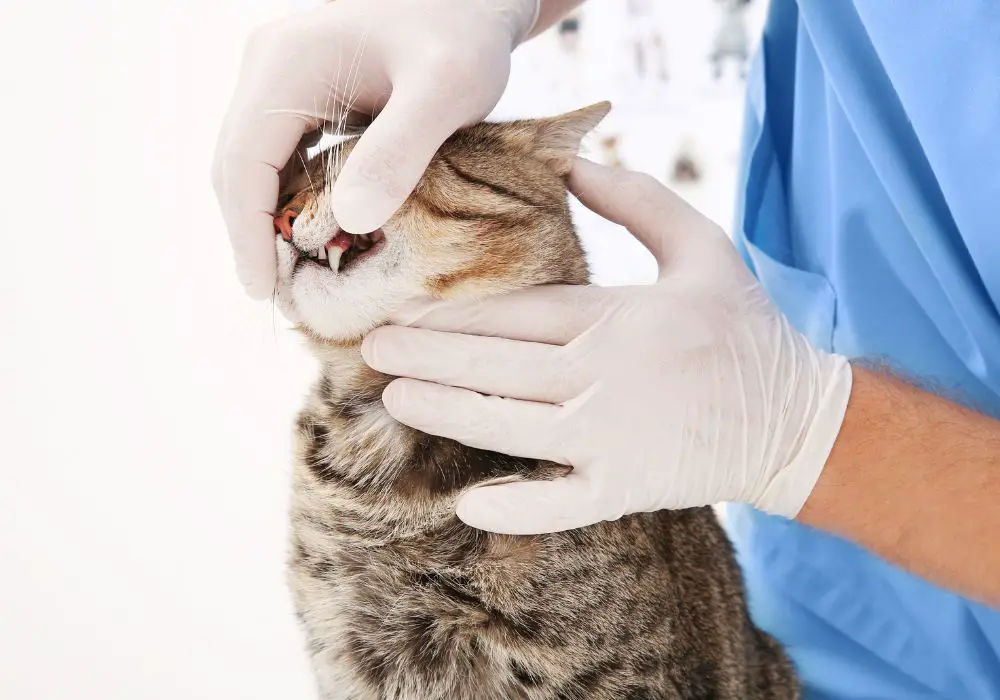
If you want to determine the age of an animal, examining its teeth is one of the most reliable methods. The appearance, number, and condition of teeth can give clues about the age of an animal. However, the process of determining age through teeth varies depending on the type of animal. Here are some tips on how to determine the age of different animals through their teeth.
Mammals
Horses
Horses have a hypsodont dentition, which means they have high-crowned teeth that continue to erupt throughout their lives. The age of a horse can be estimated by examining the eruption times and general appearance of the lower incisor teeth. Here is a table that shows the approximate age of a horse based on the appearance of its teeth:
| Age (years) | Appearance of Teeth |
|---|---|
| 1-2 | All baby teeth |
| 2.5 | Central incisors |
| 3.5 | Middle incisors |
| 4.5 | Corner incisors |
| 5 | All permanent teeth |
Cattle
Cattle have a hypsodont dentition as well. The age of a cow can be estimated by examining the lower incisor teeth. Here is a table that shows the approximate age of a cow based on the appearance of its teeth:
| Age (years) | Appearance of Teeth |
|---|---|
| 1-1.5 | All baby teeth |
| 2-2.5 | Central incisors |
| 3-3.5 | Middle incisors |
| 4-4.5 | Corner incisors |
| 5 | All permanent teeth |
Dogs
Dogs have two sets of teeth, just like humans. The first set of teeth, known as baby teeth or deciduous teeth, start to erupt at around 3-4 weeks of age and are replaced by permanent teeth at around 4-6 months of age. The age of a dog can be estimated by examining the degree of growth and wear of its teeth. Here is a table that shows the approximate age of a dog based on the appearance of its teeth:
| Age (months) | Appearance of Teeth |
|---|---|
| 1-2 | All baby teeth |
| 3-4 | Permanent incisors |
| 5-6 | Permanent canines |
| 7-8 | Permanent premolars |
| 9-12 | Permanent molars |
Reptiles
Reptiles have teeth that are continuously replaced throughout their lives. The age of a reptile can be estimated by examining the number and size of its teeth. However, the process of determining age through teeth is not as reliable for reptiles as it is for mammals.
Birds
Birds have a unique type of dentition called tomia. The age of a bird can be estimated by examining the tomia of its beak. The tomia are the sharp edges of the beak that are used for cutting and tearing food. The tomia become smoother and rounded with age, making it possible to estimate the age of a bird. However, the process of determining age through teeth is not as reliable for birds as it is for mammals.
Teeth Wear and Tear Method
Another method to determine the age of an animal by its teeth is the wear and tear method. This method is commonly used for horses and involves examining the wear patterns on the incisors and molars.
As horses age, their teeth experience natural wear and tear from chewing and grinding food. The incisors will wear down and become shorter, while the molars will develop ridges and become more triangular in shape.
By examining the degree of wear and tear on the teeth, you can estimate the age of the horse. Here is a general guide to the wear patterns of a horse’s teeth:
- 2-3 years old: The central incisors will show slight wear and the corner incisors will start to emerge.
- 4-5 years old: The central incisors will show more wear and the corner incisors will be fully emerged. The first permanent molars will also start to emerge.
- 6-7 years old: The central incisors will continue to wear down and the first permanent molars will be fully emerged.
- 8-9 years old: The second permanent molars will start to emerge and the central incisors will show significant wear.
- 10-11 years old: The second permanent molars will be fully emerged and the central incisors will be worn down to about half their original size.
- 12-15 years old: The third permanent molars will start to emerge and the central incisors will continue to wear down.
- 16-19 years old: The third permanent molars will be fully emerged and the central incisors will be worn down to about one-third of their original size.
- 20-25 years old: The teeth will continue to wear down and may start to fall out.
Keep in mind that these are general guidelines and may vary depending on the individual horse’s diet and lifestyle. It’s important to have a trained professional examine the horse’s teeth for a more accurate estimate of their age.
Limitations and Challenges
Determining the age of an animal by its teeth is a useful tool for farmers, veterinarians, and researchers. However, there are limitations and challenges to this method that must be considered.
Firstly, it is important to note that the age estimates provided by tooth analysis are not always precise. The estimates are based on the appearance and wear of teeth, which can be influenced by factors such as diet, genetics, and health. For example, if an animal has dental problems or has been fed a soft diet, its teeth may appear less worn than expected for its age.
Secondly, not all animals have teeth that are suitable for age estimation. For instance, some species of animals, such as birds and reptiles, have beaks or shells instead of teeth. In addition, some animals, such as dolphins and whales, have teeth that are difficult to access for examination.
Thirdly, age estimation by teeth becomes more challenging as animals get older. This is because the teeth of older animals may have undergone more wear and tear, making it harder to distinguish between different age categories. Additionally, there may be individual variations in tooth wear and development that can make age estimation more difficult.
Finally, it is essential to have a good understanding of the anatomy and development of teeth in the species being examined. This requires expertise and training, and mistakes can lead to inaccurate age estimates.
Despite these limitations and challenges, tooth analysis remains an important tool for estimating the age of animals. By understanding these limitations, you can use this method effectively and interpret the results with caution.
Scientific Research and Studies
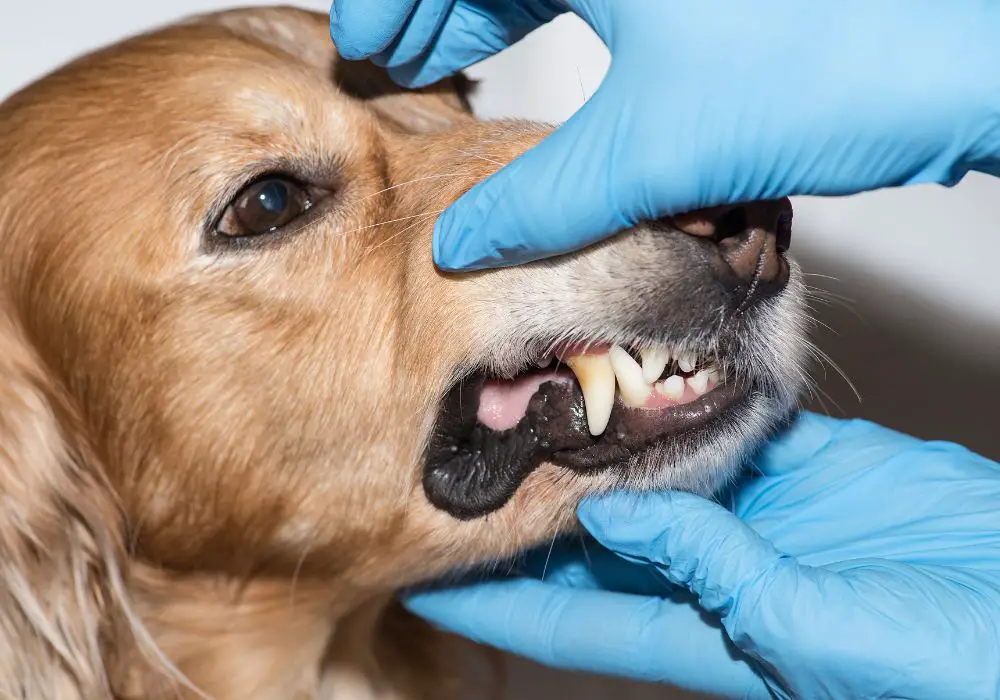
When it comes to determining an animal’s age, scientists have conducted various studies and research to understand the different ways to estimate it. One of the most common methods is analyzing an animal’s teeth.
Researchers have found that teeth analysis is a reliable way to estimate the age of many animals, including mammals. By examining the teeth, scientists can determine the animal’s age based on the number of teeth, the type of teeth, and the wear on the teeth.
For example, in sheep and goats, the number and type of teeth can indicate their age. On the other hand, in deer, the wear on the jaw teeth reveals their age. As the deer grows older, certain portions of its teeth are worn away from use. By examining the amount of wear, the age of the deer can be determined.
Moreover, scientists have also studied the dentin layers in an animal’s teeth. The dentin layers can be used to estimate the age of animals that have continuous tooth growth, such as rodents. By counting the number of dentin layers, researchers can estimate the age of the animal.
In recent years, scientists have also started using DNA methylation to estimate the age of animals. DNA methylation is an epigenetic modification that can repress gene expression when associated with gene promoters. By analyzing the DNA methylation at cytosine guanine dinucleotides (CpGs), researchers can estimate the age of animals.
Overall, scientists have conducted various studies and research to determine the age of animals using teeth analysis, dentin layers, and DNA methylation. These methods have proven to be reliable and accurate, providing valuable information for researchers and animal lovers alike.
Frequently Asked Questions
What are some ways to determine the age of an animal?
There are several ways to determine the age of an animal, including analyzing its teeth, fur, skin, and visual cues. Teeth analysis is often the most reliable method, as it provides a clear indication of the animal’s age.
How accurate is age determination through teeth?
Age determination through teeth can be fairly accurate, but it is not an exact science. The accuracy of the method varies depending on the animal species and the condition of the teeth. In general, younger animals are easier to age than older ones.
Can you tell the age of an animal by counting its teeth?
Counting the teeth of an animal can give you a rough estimate of its age, but it is not always accurate. The number of teeth an animal has can vary depending on the species, and some animals may lose teeth due to injury or disease.
Why is it important to know the age of an animal?
Knowing the age of an animal is important for several reasons. It can help you provide appropriate care and nutrition, determine the best time for breeding, and identify potential health issues. It can also be useful in legal cases involving animal abuse or neglect.
What are some challenges in determining the age of an animal?
One of the biggest challenges in determining the age of an animal is that it can be difficult to accurately assess the condition of its teeth. Other factors, such as diet, genetics, and environment, can also affect the appearance and health of an animal’s teeth.
Are there other methods besides teeth to determine the age of an animal?
Yes, there are several other methods besides teeth to determine the age of an animal. These include analyzing its fur, skin, and visual cues, as well as using medical imaging techniques such as X-rays. However, teeth analysis is often the most reliable method.


